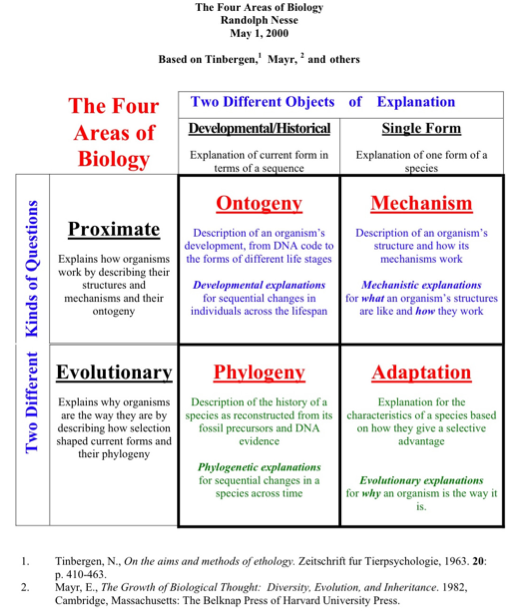Elephants
& Siesmic Communication
Stuart Steidle & Sara Post ~ Reed Bio 342
| Home | Phylogeny | Ontogeny | Mechanism | AdaptiveValue | References | CourseHome |
Making Waves
Portland, Oregon 1985:
The first great leap in sciene's understanding of elephant communication was made at Portland's Washington Park Zoo. It was here that famous whale researcher Katy Payne found herself in '85 just after the birth of several new zoo elephants. On little more than a whim Katy decided to stay and observed the elephants for an entire week, during which she continuously noted "feeling a throbbing in the air."
Something was up - in the air - and Katy, who had spent years studying whales communicating at subsonic frequencies (below human perception) thought she knew what was happening. With recording equipment from Cornell University, she and her colleauges were able to subtly uncover this new realm of elephant communication. They discovered low frequency vocalizations, which she hypothesized were used in communication.
Etosha National Park, Nimibia 1992:
While Katy Payne in 1985 had inferred and later shown that elephants do emit low frequency infrasound to communicate, there was more to this infrasound than they originally suspected. Fresh from a graduate degree in entemology (study of insects), at the U of Hawaii-Manoa, researcher Caitlin O'Connell-Rodwell began her research on elephants in 1992 in Namibia's Etosha National Park. A peculiar freezing behavior by the elephants piqued her interest, reminding her of the seismic communication in Planthroppers:
Video courtesy of California Academy of Sciences
Portland, Oregon 2011:
Subsonic communication by elephants is an amazing adaptation that researchers are still unravelling. Our website offers the interested viewer a look into this incredible behavior through established, scientific layers of understanding. The framework for our endeavor is derived from the late ethologist Nikolaas Tinbergen's 4 questions relating to animal behavior:
Photo courtesy of Suzy Renn
The scope of information depicted through some of these lenses may be more extensive than that of others. We've worked to present a sufficient amount for each area, probing all that is so far known and available from scientists such as Katy Payne and Caitlin O'Connell-Rodwell and the academic establishment. We hope you enjoy, and we urge any and all further exploration of the topic outside of our humble resource.
